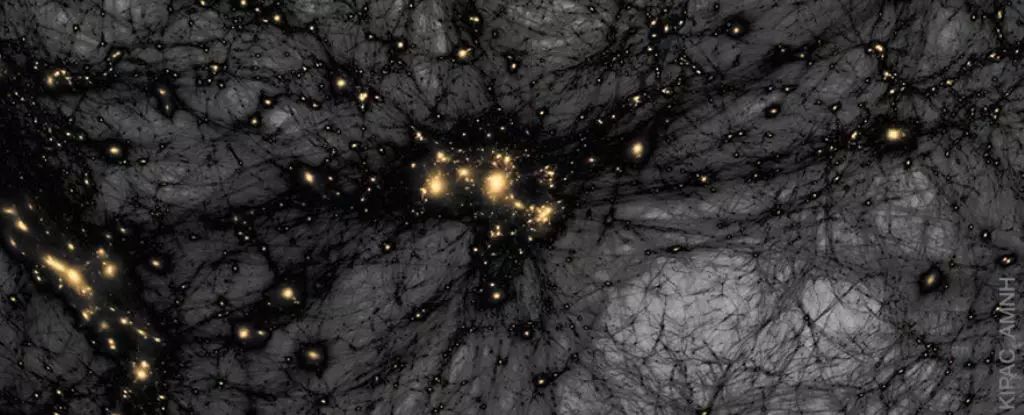In the sprawling landscape of modern cosmology, the Hubble tension stands out as a conundrum that has left scientists scratching their heads. While the expansive nature of the universe is supported by vast observational evidence, inconsistencies between the rates of cosmic expansion observed in the early universe versus those measured nearby have raised red flags. Typically, a key question arises: why does our understanding appear to fray at the seams when it comes to these two distinct cosmological horizons? The tension manifests as a perplexing mismatch in the Hubble constant—a crucial parameter that determines the rate of expansion. Scientists seem lost, funneling various ideas like suggestions into a theoretical wishing well. Could it be a flaw in the framework of general relativity? Perhaps dark matter itself is an illusion? The multitude of hypotheses reveals more uncertainty than clarity, nudging the scientific community into an increasingly speculative zone.
Outdated Ideas vs. Evolving Theories
A pressing question lingers: could a dynamic view of dark matter offer the insights needed to bridge the gap in our understanding? Over the years, dark matter has often been treated as an immutable presence—indeed, one of the cornerstones upon which our interpretation of the universe rests. Still, the concept has attracted its critics, prompting researchers to explore the possibility of completely reworking the picture we’ve painted. In considering “evolving dark matter,” it’s crucial to dissect why this perspective has not gained traction in the past. The prevailing evidence has consistently aligned with the existence of stable, non-interactive entities that provide gravitational scaffolding in the cosmos. The hesitance to consider anything less than a rigid solution has stunted innovative thinking, keeping scientists looped in a restrictive cycle.
Emerging from this stagnation is the proposal that dark matter may actually fluctuate in its properties, leading to a unique equation of state (EOS). This line of exploration might appear unconventional, but that’s the beauty of scientific advancement—it thrives on the audacity to challenge accepted norms. Just as neutrinos possess mass and exhibit oscillatory behavior, what if certain cold dark matter particles change over time?
The Case for Oscillatory Dark Matter
Expanding on this idea, researchers propose that a fraction of dark matter may oscillate in tandem with cosmic evolution. Such a concept not only aligns with observed phenomena but also offers a fresh viewpoint on the behavior of the universe at both macro and micro levels. Early findings suggest that a model where approximately 15% of cold dark matter exhibits oscillatory traits, while the remaining 85% behaves classically, could synchronize beautifully with the current observational data regarding the Hubble tension.
This idea doesn’t simply provide an academic exercise; it raises opportunities to broaden the horizon of dark matter models. Instead of dismissing the phenomena that defy traditional concepts, scientists may now explore whether phenomena like mass oscillation can play a role in explaining discrepancies inherent in our observations. While the authors of the study emphasize that this remains a “toy model,” it opens dialogue for future empirical tests.
A Shift in Perspective
In a realm where scientific inquiry champions observation and experimentation, pushing beyond the established limits should ignite excitement rather than skepticism. By contemplating dark matter as something that evolves rather than rigidly exists, we shift the paradigm from one of static constants to dynamic interactions constantly influenced by an ever-changing universe. What emerges is a landscape rich with possibilities where novel experiments could validate or invalidate the oscillatory properties of dark matter, breathing new life into cosmological equations that have long felt confined.
While traditional factions might resist the idea of shifting the characteristics of dark matter, it’s crucial to embrace curiosity and intellect. Innovation in science is often borne out of audacious thoughts—assertions that, although uncertain, possess the capacity to disrupt settled assumptions and foster deeper comprehension. The Hubble tension may yet unveil fundamental truths about the universe that few have dared to theorize. As exciting as it is daunting, contemplating evolving dark matter could become the spark that ignites a paradigm shift, bridging the gaps between varying observations and enhancing our grasp of the cosmos. The sky is no longer the limit; it looks like science is ready for a revolution.


Leave a Reply